History
Village of East Hampton
Town Pond
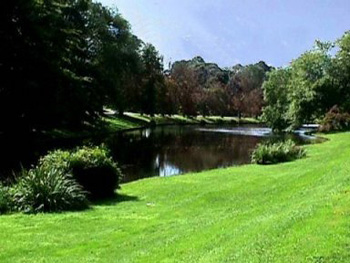 Click to enlarge Click to enlarge
Once a watering place for East Hampton's cattle, today it is an integral part of the East Hampton Historic District. |
South End Cemetery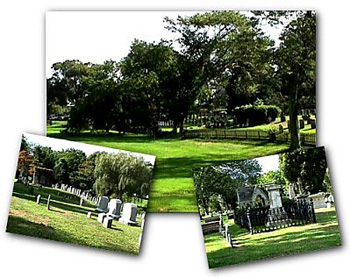 Click to enlarge Click to enlarge
This cemetery which was once part of a church yard was also the site of the first meeting house. This is the oldest burying ground in the Town of East Hampton, with tomb stones dating back to the 17th century. |
The Town House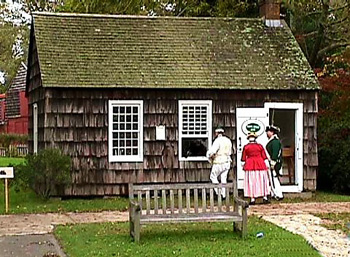
|
The Village Green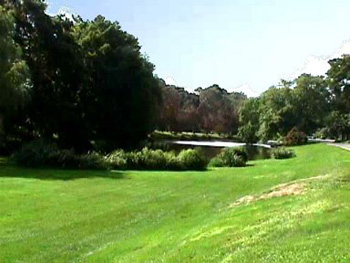 Click to enlarge Click to enlarge
The Common, where village cattle once grazed, originally stretched from the edge of Town Pond to the Hook Mill Green. A cart track on one side of the green was the principal highway through town. Picket fences in front of the Main Street houses kept cattle from straying. The Green was paved in the business district in the early 1900's. The lower portion was kept intact, and today forms the center of East Hampton's Historic District. |
Home Sweet Home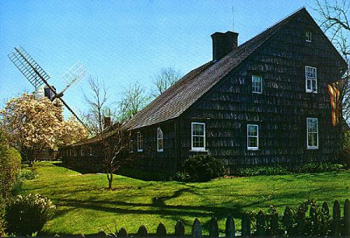
|
Mulford Farm
|
Clinton Academy
|
Osborn-Jackson House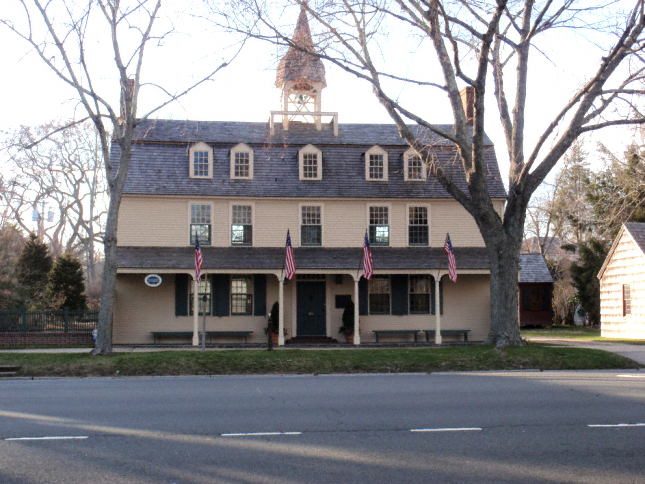
|
The Mills |
Hook Mill
|
Pantigo Mill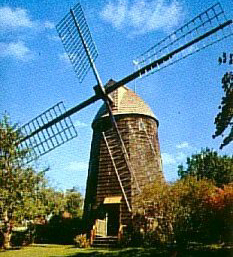
|
Gardiner Mill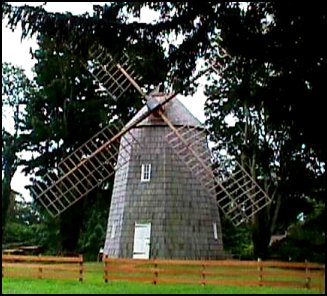
|

